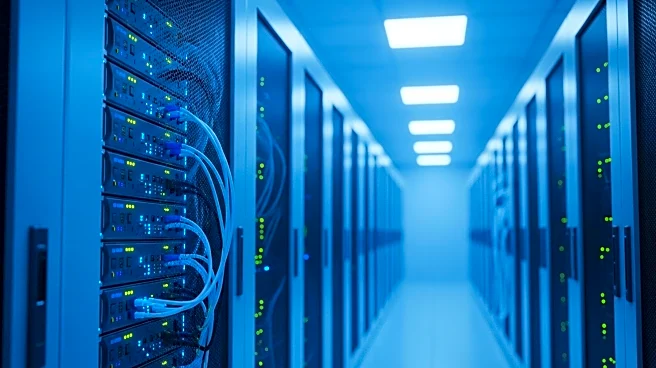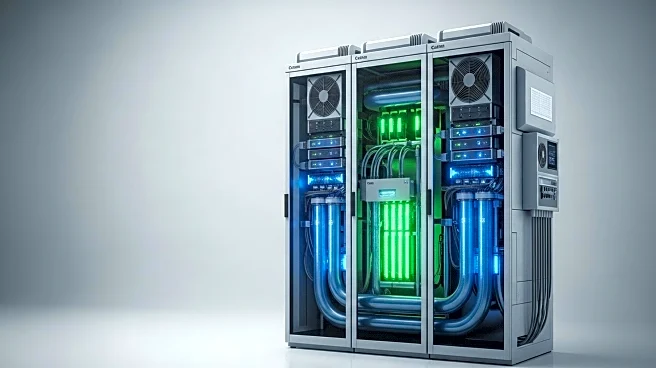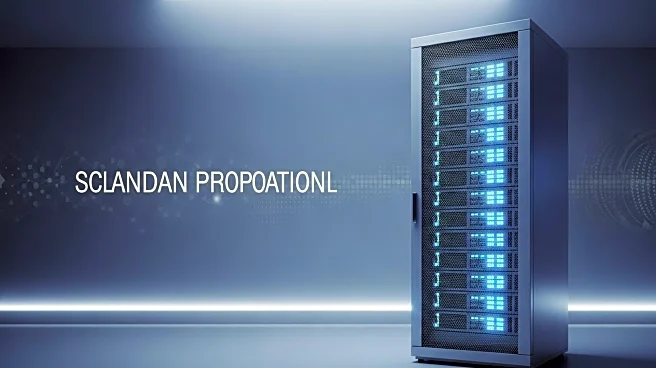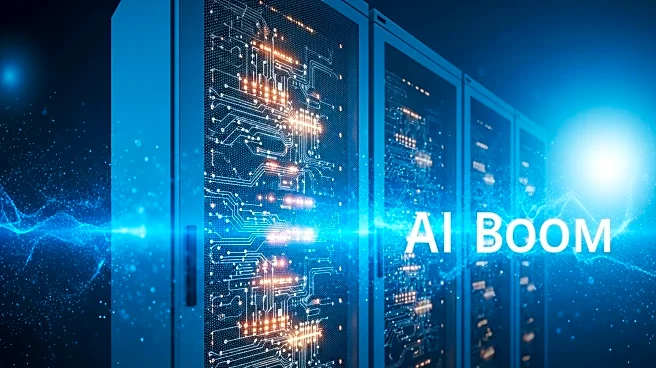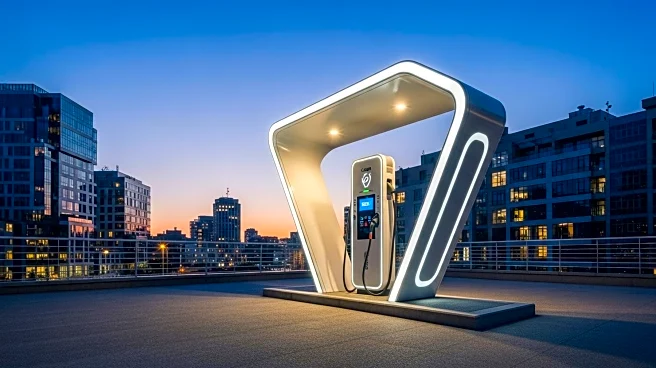What's Happening?
Grayslake, Illinois, is advancing plans for a multi-billion-dollar data center campus, potentially the largest single development in Lake County's history. The project, known as T5 @ Chicago IV, could bring over 10 million square feet of data center space to the village. Developers have secured 1.55 gigawatts of power from ComEd, with 1.2 gigawatts available for lease. The campus may include up to 20 data center buildings, with construction starting as early as 2027 and full completion by 2029. The development promises thousands of jobs and significant tax revenue, but also raises concerns about water and energy usage in the Great Lakes region.
Why It's Important?
The development of the T5 @ Chicago IV data center campus is significant for Grayslake and the broader region, as it promises substantial economic benefits, including job creation and increased tax revenue. However, it also highlights growing concerns about the environmental impact of data centers, particularly their energy and water consumption. As demand for data centers continues to rise, stakeholders are calling for new policies to address transparency and resource management. The project underscores the need for balancing economic growth with sustainable practices, as data centers contribute to rising electricity prices and potential resource shortages.
What's Next?
As the project progresses, stakeholders will likely focus on negotiating developer fees and addressing environmental concerns. The village plans to allocate fees for resident cost-control measures, community projects, and major infrastructure improvements. On a broader scale, there is a push for state-level regulations to manage the impact of data centers on energy and water resources. The Clean and Reliable Grid Affordability Act is one proposed measure to alleviate supply-demand pressures by expanding energy efficiency programs and battery storage. The industry is expected to continue pursuing sustainable designs and resource efficiency.
Beyond the Headlines
The development of data centers in Grayslake reflects a broader trend of increasing demand for digital infrastructure, driven by advancements in AI and cloud services. This trend raises ethical and legal questions about resource management and environmental sustainability. As data centers proliferate, communities must navigate the balance between economic growth and environmental stewardship. The project also highlights the importance of regional planning and collaboration to ensure responsible development that benefits both local communities and the broader ecosystem.
